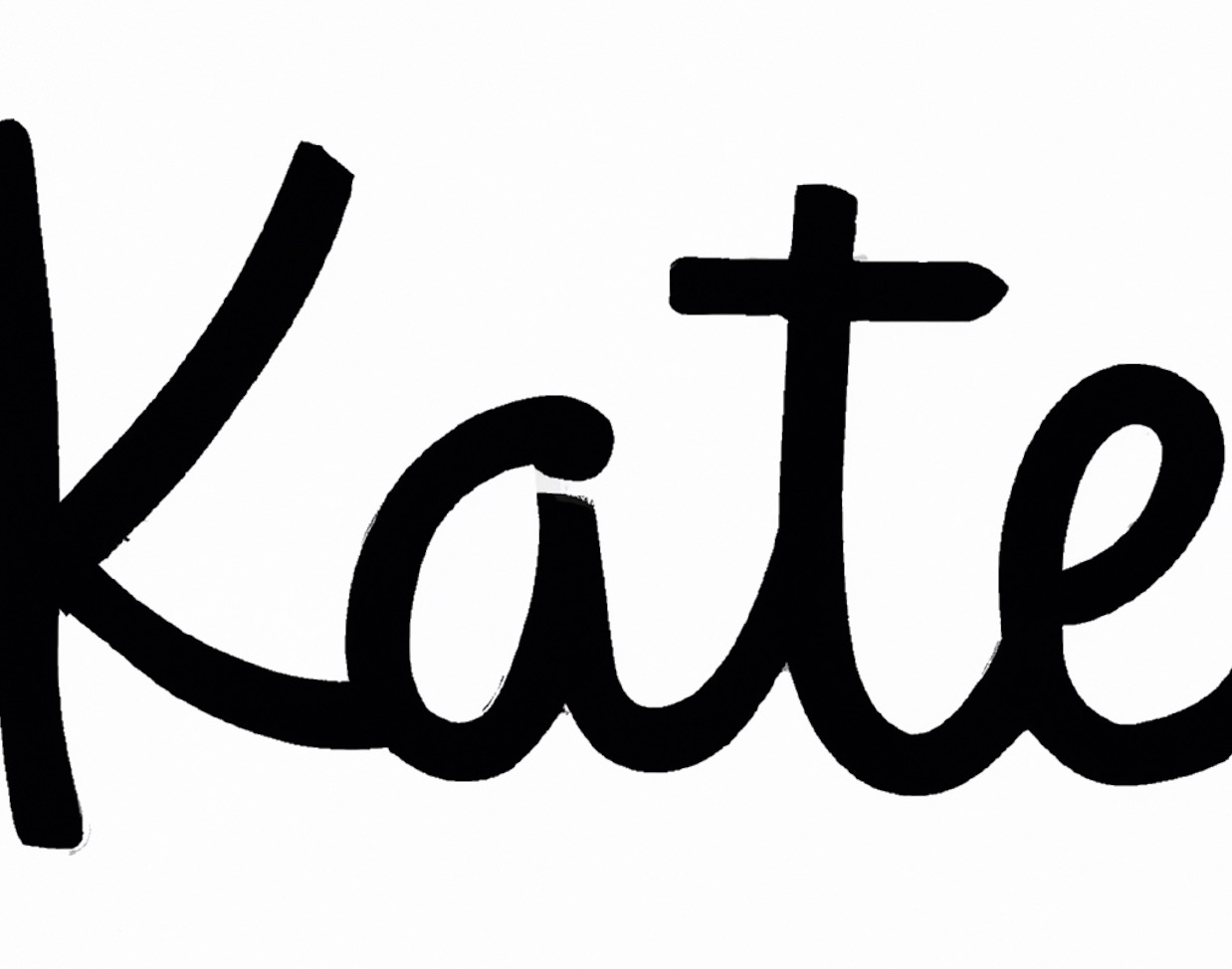Product Development Canvas in Design Engineering is an interactive diagram that has become an essential tool in the design engineering process. It helps designers and developers organize their thoughts and ideas into a cohesive product development plan. This helps to break down complex concepts into manageable pieces, allowing for faster development.
The Product Development Canvas is a visual representation of the processes involved in designing, developing, and launching a product. It contains several different components including goals, stakeholders, user stories, features, technology stack, and timeline.
Each of these components has its own set of questions to consider when creating the canvas. These questions help to facilitate conversations between different stakeholders and aids in the development process.
The Product Development Canvas also helps to ensure that all of the necessary steps are taken when designing a product. By breaking down each step into manageable tasks, the canvas allows for more efficient collaboration between team members and better communication between stakeholders. This eliminates potential roadblocks that could otherwise delay or stop production altogether.
The Product Development Canvas can be used for both small projects such as mobile applications or websites as well as larger projects such as enterprise software applications or game engines. This makes it ideal for teams of all sizes no matter what type of product they are developing. Additionally, this tool is often used by product owners to track progress throughout the entire life cycle of their product from design to launch.
Overall, Product Development Canvas in Design Engineering is an incredibly useful tool that can help designers and developers create products efficiently while ensuring quality control throughout the entire process. Through careful consideration of all aspects involved in creating a successful product development plan, this canvas provides teams with everything they need to launch products quickly without sacrificing quality or user experience.
Conclusion: Product Development Canvas in Design Engineering is an invaluable tool for designers and developers alike that helps reduce complexity while increasing efficiency during product design and development phases. It provides teams with everything they need to create successful products quickly without sacrificing quality or user experience.
9 Related Question Answers Found
Product development is the process of creating a new product, either for sale or for use in organizational operations. It encompasses the entire process from concept to market. Design plays a large role in successful product development.
Product Development in Graphic Design is a process that involves creating and designing products for businesses or individuals. It involves research, analysis, and creative problem solving. Product Development in Graphic Design can range from creating logos, websites, advertisements, or any other visual medium that is used for marketing or communication.
Conceptual design in product design is the process of taking an abstract idea and turning it into a tangible product. It is the first step in the product design process, and involves coming up with an idea, creating a prototype, testing it, and refining it until it meets all of the requirements. Conceptual design is often done with the help of software tools or other creative techniques, such as 3D printing or virtual reality.
Concept design in product development is a process by which ideas, designs, and plans are put together to create a product. It is an important step in product development that helps a team to visualize and refine their design before it is actually created. The concept design process involves creating sketches, 3D models, and prototypes of the product.
Design Thinking is a method of problem-solving that uses creative, out-of-the-box approaches to product development. It focuses on understanding user needs and creating solutions that are both practical and desirable. Design Thinking can be used in a variety of ways, such as designing new products, improving existing products and services, and solving complex business problems.
Product design is the process of creating a product that meets the needs of a customer and solves a problem. This process involves conceptualization, or the act of coming up with ideas for a product. Conceptualization is an important part of the product design process, as it allows designers to explore different ideas and come up with solutions that meet the goals of their project.
Product development in design is the process of creating a product from conception to completion. It involves researching, designing, engineering, testing, and producing a product for sale. Depending on the nature of the product, the design process may involve different stages, such as concept development, prototyping, and production.
Design Thinking is an approach to problem-solving that is focused on finding creative solutions to complex issues. It is an iterative process that combines elements of design, engineering, and user research to develop innovative products and services. It combines the use of data-driven insights, customer feedback, and experimentation to create solutions that meet customer needs.
Design 3D is a subject that has been gaining traction in recent years, as it has become increasingly valuable to product designers. This subject provides designers with the tools and techniques they need to create highly detailed, realistic 3D models of products. Designers can use these models to create prototypes, test ideas, and ultimately bring their designs to life.
